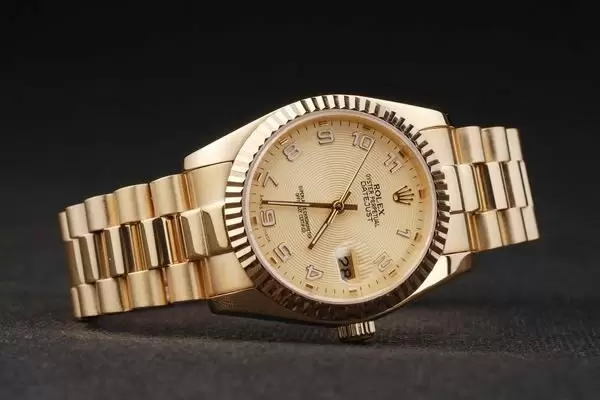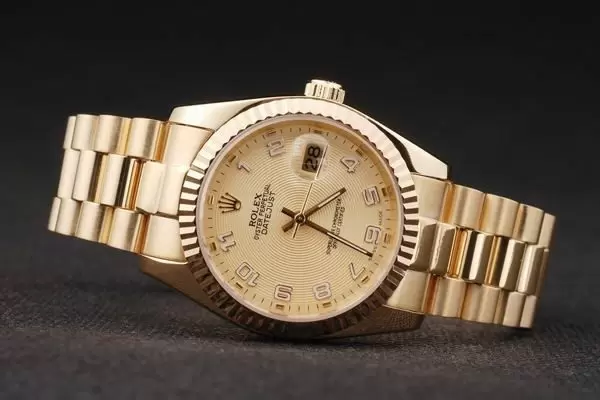Rolex
Rolex Daytona Ref 116520 white dial
The new Cerachrom/ceramic version of the Ref 116500LN is virtually indestructible. It won’t fade, just like the aluminum version on the Black Bay Chrono. And you’ll be very unlucky to scratch it. But it’s also black and shiny. It gives the Daytona a sportier, less elegant look. The all-steel version of the Ref 116520, meanwhile, is more classic and understated. In addition, it makes the watch look a bit larger than it actually is. However, the high polish finish shows every scratch. Of course, you also have to pay a huge price for the ceramic version. But more on that later. 
The Ref 116520 Daytona comes with an Oyster strap, the same as its predecessor. Both have brushed side links and highly polished center links. However, Rolex has made a few more improvements here. First, the newer bracelet has solid ends and a center link. Giving it more weight and presence on the wrist.
Another major upgrade is the clasp. It is more complex than the previous model and offers a more secure fit. In addition, it features Rolex’s famous Easylink extension system. This allows the length of the bracelet to be fine-tuned without tools by up to 5 mm to achieve the ideal fit. Anyone who has ever used this system will tell you how easy it is to work with. And it makes a big difference.
As I mentioned before, the advent of the 4130 movements is a big deal. Not only for Rolex but for the entire industry. It took five years to research and development. Its introduction turned mechanical watchmaking on its head in many ways. In Ref 16520, Rolex used the 4030 calibers. At its heart is a heavily modified Zenith El Primero movement. (Hence the name Zenith Daytona).
This is not a particularly effective approach. In addition, the limited availability of Zenith basic movements limited the production of the Daytona. As a result, Rolex always had to turn to in-house production at some point. But Rolex being a replica Rolex Daytona, wanted to make a movement that was better, more reliable, and easier to service. That’s exactly what the Calibre 4130 is.
For a start, it’s made up of only 290 components. That still seems like a lot, but it’s a lot less than a traditional chronograph movement. To give you a rough idea, the Calibre 4130 has about 20% fewer parts than the Calibre 4030. But it also has a more efficient design. Rolex has focused a lot of attention on developing its vertical clutch system. This system is coupled with a column wheel to drive the chronograph. A key advantage is that this mechanism can be re-oiled and replaced during servicing. Just like a winding spring. But without the need for complete disassembly of the movement itself.

